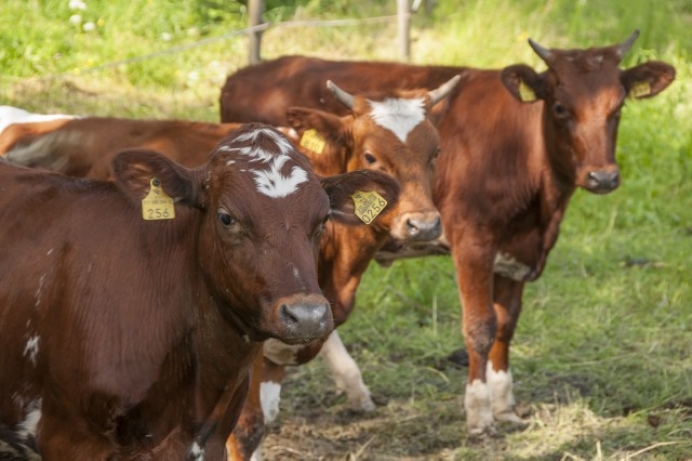The Baltic Sea is heavily affected by eutrophication and agriculture is one of the main sources of nutrient runoff to the sea. Part of the losses is caused by excess use of manure in the fields.
Manure is an important resource for recycling nutrients in the food production chain. To reduce losses and to make the most of its benefits, nutrient losses from manure management need to be controlled. This is why the project Manure Standards brings together all Baltic Sea coastal countries to develop more precise manure use.
Here are five ways to make the most of manure:
- Think manure as a resource, not as waste
Change the mindset. Manure is a valuable source of recycled nutrients replacing mineral fertilizers. Manure also brings organic matter to the field soil. Maintenance of good soil condition is essential for high crop yields and tackling climate change.
- Determine manure nutrient content accurately
Representative sampling is tricky, but with good mixing and a lot of subsamples the sample quality can be improved. See three key steps in sampling on Manure Standards' Twitter! Manure nutrient content can also be calculated with scientifically verified mass balances. To plan and execute efficient manure fertilization, use the best possible manure data.
- Calculate precisely how much nutrients are needed
Nutrient accounting takes into account plant’s need, soil type and existing nutrient reserves in the soil when planning fertilization. In case of excess manure nutrients, find ways to hand them over to other farms or regions needing them.
- Choose the right time and spreading method
Apply manure in the right amount only to growing crops to be sure the nutrients are directed to the yield. Manure Standards project will produce a handbook of smart manure and nutrient management highlighting the best practices. Stay tuned!
- Move excess manure to regions that are low on nutrients
Manure processing can produce more concentrated fertilizer products to be transported to regions low on manure nutrients. This is needed in intensive animal production areas. Give value to recycled nutrients and replace mineral fertilizers with them!
Manure Standards is a two-year (10/2017–09/2019) EUSBSR Flagship project aiming to provide farmers, advisors, authorities and policy-makers enhanced capacity to govern and to turn manure use towards improved sustainability and resource-efficiency.
Manure Standards is coordinated by Natural Resources Institute Finland (Luke) and includes partners from 9 countries around the Baltic Sea: Finland, Sweden, Denmark, Germany, Poland, Lithuania, Latvia, Russia and Estonia. The project is co-financed by the Interreg Baltic Sea Region Programme.






